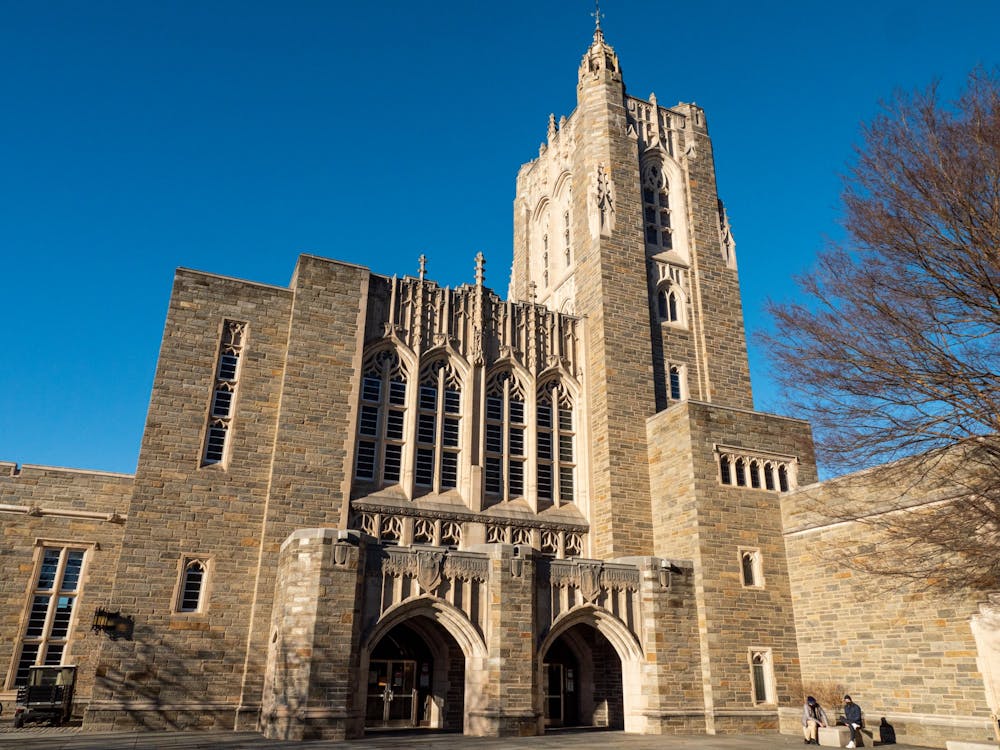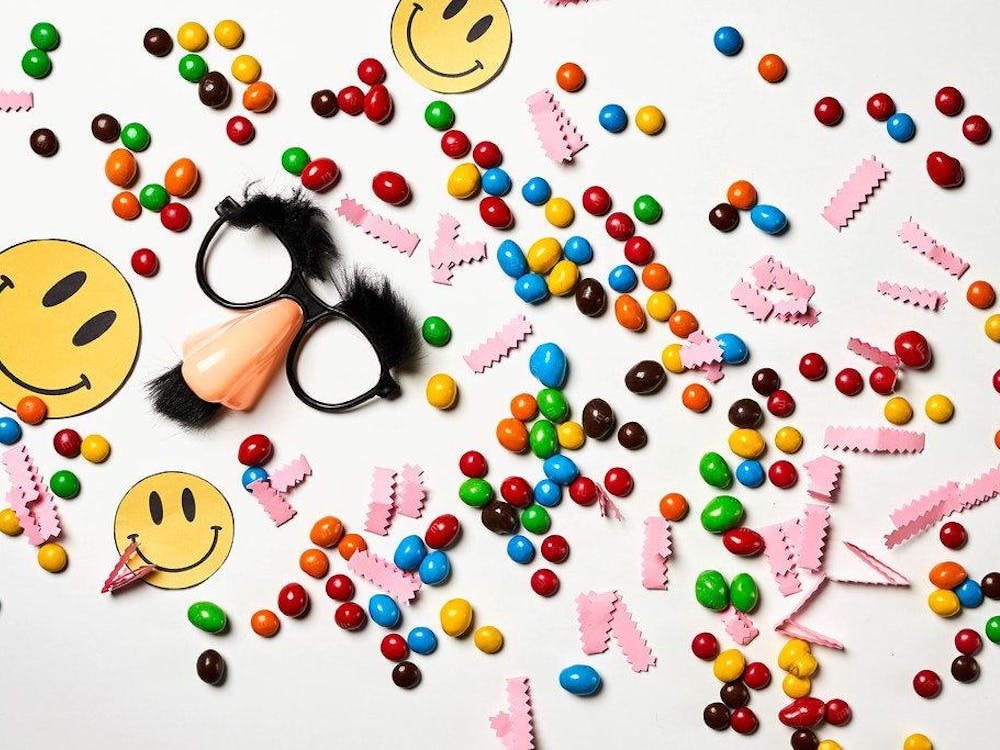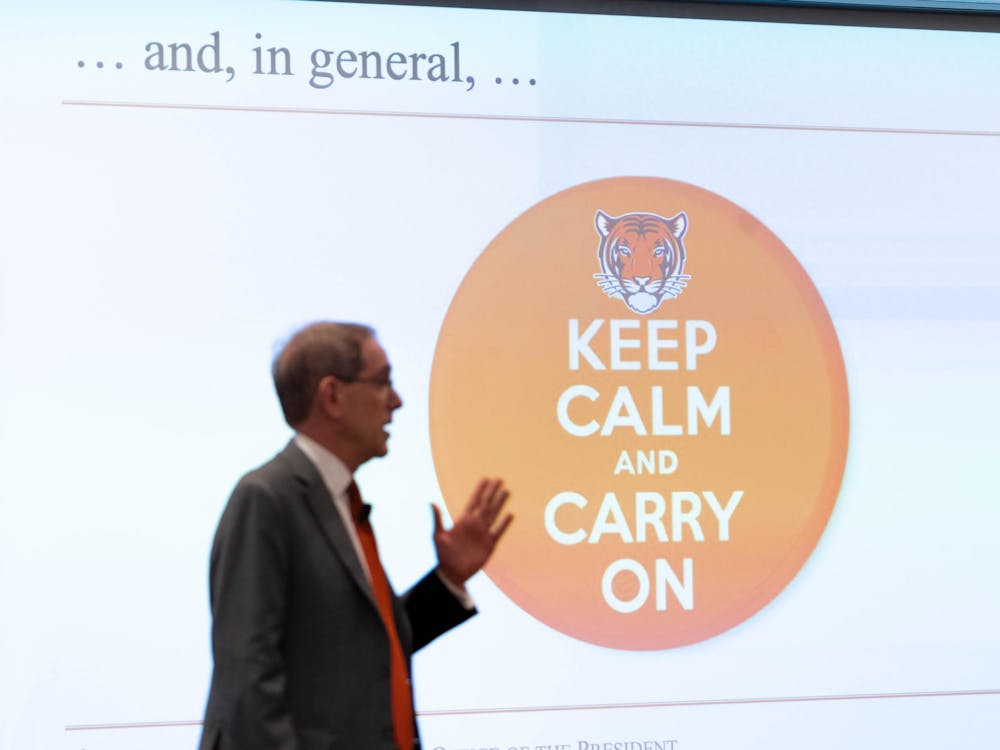On Dec. 14, an exhibit dedicated to Jewish American artists in the late nineteenth century was canceled because it would feature the works of two soldiers in the Confederate army: sculptor Moses Jacob Ezekiel and painter Theodore Moise.
The exhibit was funded by Leonard Milberg ’53, who as of 2019 had gifted well over 13,000 items to Princeton. The University had agreed to organize the exhibit last summer to complement Milberg’s fifteenth publication, a collection of essays tentatively titled “Yearning to Breathe Free” and slated to be printed in 2022. It was co-edited by historians Adam Mendelsohn and Jonathan D. Sarna.
Milberg had previously organized an exhibit at Princeton entitled “By Dawn’s Early Light: Jewish Contributions to American Culture from the Nation’s Founding to the Civil War” which opened in Feb. 2016. Given that the art museum is currently undergoing renovations, Milberg had hoped to arrange this new exhibit in the Firestone Gallery.
According to an article in Religion News Service, problems with the exhibit began to emerge in the fall of 2021.
The centerpiece of the exhibit, which included approximately 50 objects, was a marble copy of a figure called “Faith.” Sculpted by Moses Jacob Ezekiel, “Faith” is a “64-inch marble sculpture of a boy grasping a flaming lamp in one hand as he raises his other hand to the heavens,” according to Religion News Service. During the Battle of New Market, Ezekiel fought as a member of the Confederate Army. Ezekiel is best known for his 32-foot Confederate Memorial at the Arlington cemetery. Another painter in the exhibit, Theodore Moise, attained the rank of major in the Confederate Army.
In explaining why the exhibit was canceled, Anne Jarvis, the Robert H. Taylor 1930 University Librarian, deferred to the University for comment.
The University held that it was honoring the academic freedom of the librarians to decide what was appropriate for the gallery.
“It is the Library that speaks through its galleries, and the Library is responsible for the messages conveyed there,” wrote Deputy University spokesperson Michael Hotchkiss in an email to The Daily Princetonian. “The Librarian and her senior staff have a duty to ensure that any materials exhibited are presented, explained, and contextualized in a manner consistent with the Library's educational and research mission.”
Hotchkiss stated that the exhibition was ultimately canceled by the donor, not the library or the University, following disagreements between the library and Milberg on the show’s composition.
In an email comment to the ‘Prince,’ the show’s curator Samantha Baskind, a professor of art history at Cleveland State University, relayed a different narrative.
“Princeton asserts that the University has the right to decide what to include or not include in the exhibit and that it was not Princeton that canceled the show but the donor,” said Baskind. “The latter is a semantical dance. That Princeton effectively canceled the show after the donor pulled out because Princeton canceled the art, is probably the best way to put it.”
The official policy listed on the Princeton University alumni gift page is that “gifts to the University must respect the University’s fundamental commitment to academic freedom and the rigorous and independent pursuit of truth.”

Baskind and Milberg, the organizers of the planned exhibit, separately expressed their disappointment with the University’s decision.
“Removing the artists with Confederate ties rewrites art history. Art historians examine the meaning of art in its own time as well as how it's perceived in the current moment. We need to inform and discuss the past, not bury it,” Baskind wrote in an email statement to the ‘Prince.’
When asked about what the general reaction has been in the art community, Milberg claimed he had not heard of one person who agrees with the library’s decision.
Milberg, a former class president, also remarked that the University’s decision made him reconsider his personal ties.
“It's certainly something that has set me back. I was really stunned by the University taking this position. I hope we return the way it was, but I was so hurt by the way it was done,” he said.
Baskind and Milberg both said they saw the gallery as serving an educational purpose within the University, while also acknowledging the checkered history of its contributors.
Milberg remarked that the exhibit was “groundbreaking” in that it featured works for an underrepresented period of Jewish-American history and had received considerable praise for recognizing what Milberg called “a lost part of American history.”
According to Baskind and Milberg, the gallery served to instigate conversation on the complex topic of Jewish-American involvement in the Civil War.
Both Baskind and Milberg held that while none of the works directly related to the Confederacy, the exhibit did not attempt to cover up the artist’s affiliations with the Confederacy. According to Milberg, it was very clearly stated that Moise and Ezekiel were Confederate soldiers.
Baskind noted that the signage and wall labels that accompanied the works had the goal of starting conversations for the students and the larger community on these challenging topics.
Milberg echoed this intent.
“I’m interested in bringing knowledge and learning,” he said.
Referring to professorships he endowed at the University, Milberg explained that his passion for learning is “why I brought two chairs, to learn, and I don’t want to tell them what to believe. Once you start canceling things, it never ends.”
He continued this message by emphasizing that instead of erasing history, we have to learn from it.
Baskind also contextualized the University’s decision within the broader “cancel culture” movement, calling the University’s censorship “an unfortunate anti-intellectual surrender to cancel culture.”
In her statement to the ‘Prince,’ Baskind referenced a recent New York Times opinion article written by Margaret Renkl, which argued “It’s Possible to Learn the Right Thing From the Wrong Person.”
“Perhaps even more important, we profoundly misunderstand the very nature of art when we think we know in advance what readers — or audience members or gallery visitors — will derive from it. Or, worse, when we presume to tell them what they should derive from it,” Renkl wrote.
Kalena Blake is an associate news editor. She can be reached at kalenab@princeton.edu.
Staff writer and Head Puzzles Editor Gabriel Robare contributed reporting. He can be reached at grobare@princeton.edu or on social @gabrielrobare.








